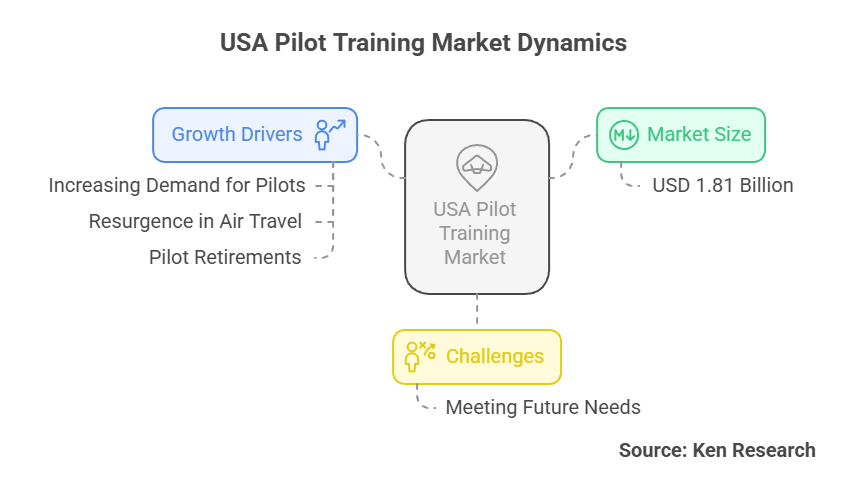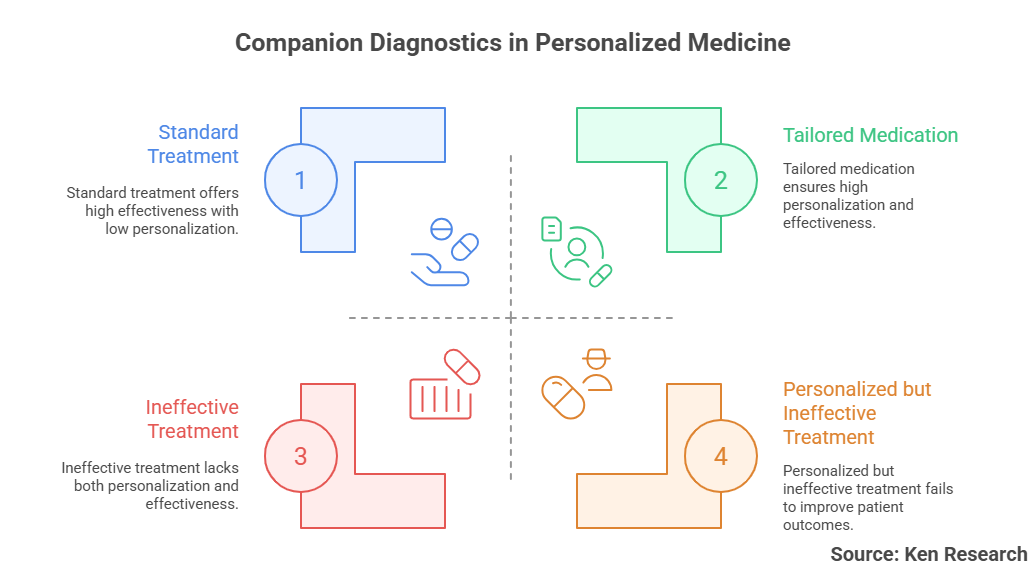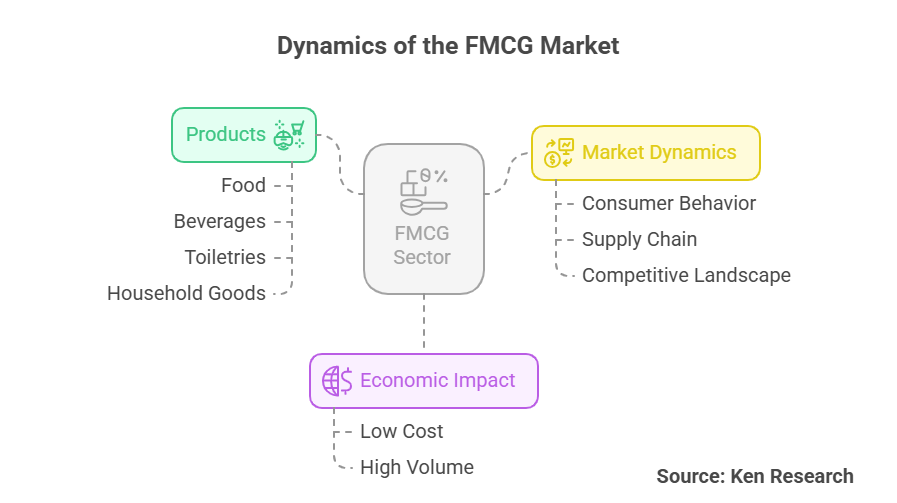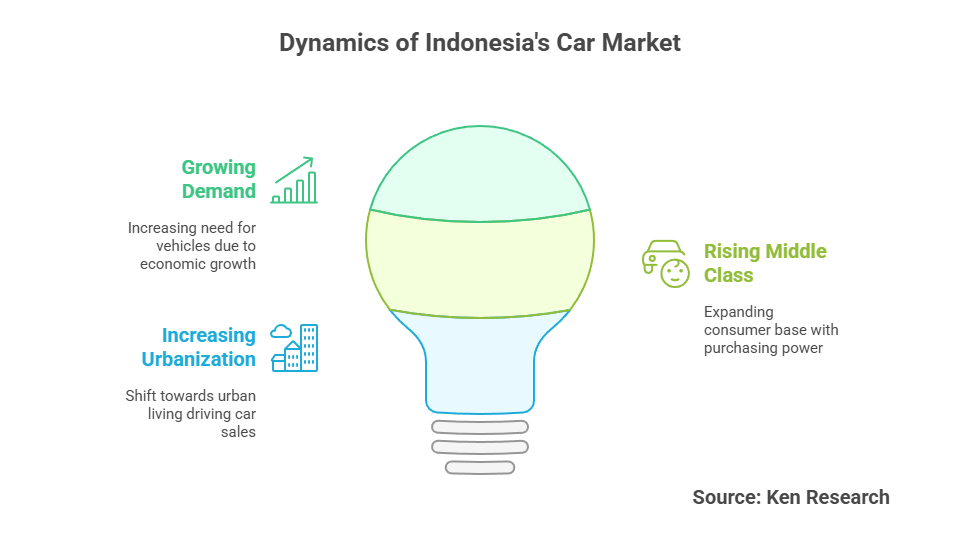Navigating Challenges in the USA Pilot Training Market- Insights and Solutions

Strong 8k brings an ultra-HD IPTV experience to your living room and your pocket.
The USA Pilot Training Market, valued at USD 1.81 billion, is a vital segment of the country’s aviation industry. This market is growing rapidly due to the increasing demand for skilled pilots, driven by a resurgence in air travel and a wave of pilot retirements. However, this growth brings a host of challenges that must be addressed to meet future needs.
As airlines ramp up recruitment and training post-COVID, flight schools and aviation institutions face regulatory, financial, and infrastructure-related issues. Solving these challenges isn’t just about meeting demand—it’s about ensuring aviation safety, workforce diversity, and long-term industry sustainability.
Market Overview: Trends Driving the USA Pilot Training Industry
The pilot training industry in the USA is known for its world-class flight schools, stringent regulations, and advanced simulator technologies. It supports commercial airlines, cargo operators, and private jet providers by developing certified pilots through FAA-approved training programs.
Key Market Drivers
• Increased air passenger traffic in both domestic and international markets
• High rate of pilot retirements, especially among baby boomer cohorts
• Resumption of hiring post-COVID by airlines like Delta, United, and American Airlines
• Rising demand for Certified Flight Instructors (CFIs) and simulator resources
Recent Disruptions
• COVID-19 impact caused a temporary decline in training activity and hiring
• Training backlogs as institutions struggle to meet renewed demand
• Supply chain issues affecting aircraft availability for training purposes
The market is experiencing a transitional phase—balancing growth opportunities with critical shortfalls in training capacity and affordability.
Major Challenges in the USA Pilot Training Market
Challenge 1: Regulatory Barriers and the 1,500-Hour Rule
One of the most debated challenges in the USA pilot training sector is the Federal Aviation Administration’s (FAA) regulatory framework. The 1,500-hour rule, which mandates significant flight experience before a commercial pilot can operate for an airline, is higher than in most other countries.
Impact:
• Increases training costs, sometimes exceeding $100,000
• Discourages qualified but underfunded candidates
• Delays pilot certification and workforce entry
Also read the market analysis of Asia Pacific Driving Training Simulator Industry Future Opportunities
Challenge 2: Flight Training Infrastructure and Instructor Shortages
The limited number of CFIs (Certified Flight Instructors) and training simulators is another constraint.
Example:
In states like Florida and Texas, high demand is causing delays of 6–12 months for simulator slots or instructor availability.
Impact:
• Reduces throughput capacity of flight schools
• Increases training duration
• Compromises student satisfaction and enrollment rates
Challenge 3: High Cost of Pilot Training and Limited Financing Options
A lack of accessible financing and scholarship programs presents a significant challenge for aspiring pilots.
Data Insights:
• Average pilot training costs range from $80,000 to $120,000
• Most students rely on private loans with high interest rates
• Few airline-sponsored training pathways exist compared to global peers
This limits socioeconomic diversity in the industry and contributes to a shrinking candidate pool.
Practical Solutions to Key Industry Challenges
Solution for Regulatory Challenges: Reforming the 1,500-Hour Requirement
Industry stakeholders, including airlines and flight schools, are pushing for policy reforms that still ensure safety but introduce flexibility:
• Credit academic training hours toward the 1,500-hour requirement
• Recognize structured training environments and military equivalencies
• Advocate for evidence-based regulatory updates with FAA cooperation
Also read the market analysis of Vietnam Flight Simulator Industry Future Opportunities
Solution for Infrastructure Challenges: Investing in Technology and Instructors
To expand capacity, institutions should:
• Adopt VR-based pilot training and Level-D flight simulators
• Offer CFI training programs with better salaries and career paths
• Collaborate with airlines to utilize retired pilots as trainers
This approach will improve scalability while maintaining training quality.
Solution for Financial Barriers: Innovative Funding Models
Flight schools and aviation organizations can implement:
• Income Share Agreements (ISAs) that link repayment to post-graduation income
• Public-private partnerships to fund underserved communities
• Airline sponsorships or conditional employment contracts
These solutions reduce financial risk for students and widen access to pilot careers.
Lessons Learned: Adapting to Evolving Market Dynamics
The evolution of the USA Pilot Training Market reveals key takeaways:
• Flexibility in policy can unlock a larger talent pool without compromising safety
• Technological adoption is essential for efficient, scalable training
• Inclusive financial models promote diversity and accessibility
Best practices include integrating hybrid learning platforms, forming airline-academy alliances, and leveraging data analytics to track training performance.
Conclusion:
The USA Pilot Training Market, currently valued at USD 1.81 billion, stands at a turning point. With increasing air traffic and pilot retirements looming, demand for training services will only grow.
By addressing key challenges—regulation, infrastructure, and financing—the industry can develop a robust and future-ready pilot workforce. The time to invest, innovate, and reform is now, ensuring the U.S. remains a global leader in aviation training.
Read my other blogs in North America Online Gambling Market Trends and Opportunities
Note: IndiBlogHub features both user-submitted and editorial content. We do not verify third-party contributions. Read our Disclaimer and Privacy Policyfor details.







